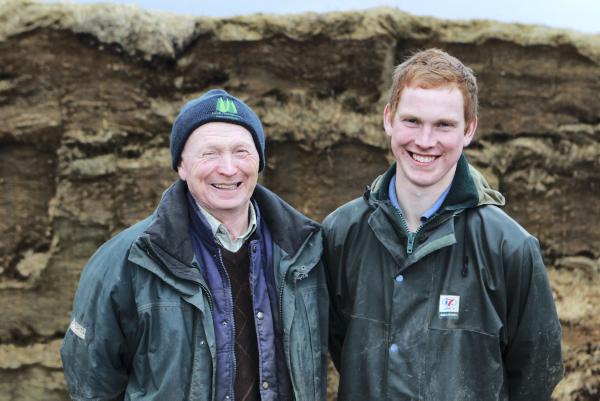April 2015 marks the end of an era and the beginning of a new chapter for Irish dairy farmers. A lot has changed over the lifetime of the EU milk quota regime. The two simplistic cornerstones of the industry, the relative breeding index and the methylene blue test, have been replaced by more detailed and sophisticated measurements. Although we are all aware of the results of poor breeding decisions, the effect of decreased milk quality is more difficult to quantify on an individual farm level. Just because we cannot see it doesn’t mean it isn’t important.
It is estimated that a 100-cow dairy herd with an average SCC of 400,000 incurs additional mastitis-related costs of €11,700 compared with a similar herd that has an SCC of 100,000. Controlling milk quality issues will increase the profitability of our businesses through maximising production potential and higher payments for quality milk, as well as reduced treatment and culling costs. While it is in our best interests to improve the quality of milk we supply, it’s easier said than done. Milk quality is influenced by several factors. Therefore, a collective approach is required.
One of the first steps to managing milk quality is education. Over the past month, my father and I participated in the new Best Practice in Milking course offered by the Farm Relief Service, in conjunction with Teagasc and AHI. It is a two-day, Level 6, FETAC/QQI certified programme, which touches on all aspects of milk harvesting from teat preparation to machine wash-up. The cost of the course is €250 per person, which includes lunch on both days.
We attended the course, along with 10 others, at our local FRS office in Roscrea. Participants came from as far as Longford and Galway. On both mornings, we were presented with the theory element of milking through written handouts and visual aids (DVDs). After lunch, we were taken to the Gurteen College farm to implement what we had learned. This included an overview of the milking machine components, as well as proper cluster attachment. We first practised on dummy udders and then the group was split in two to perform evening milking. One group stayed to milk the college cows, while the other made the short trip up the road to the farm of Pat Brennan.
I would recommend the course to both new entrants and existing dairy farmers. The one aspect that I thought was particularly beneficial was the teaching of correct cluster attachment. The training technicians showed us how to attach clusters with alternate hands on opposite sides of the parlour to prevent repetitive strain injury (RSI). I had come across this concept a number of times in the past, but failed to understand it fully. A visual demonstration is more powerful than reading it in a book.
Skills
The course is designed to develop your skills as a milk harvester to ensure that milking is performed effectively and efficiently. The benefits to a new entrant are obvious (the organisers suggest that participants have at least 100 hours’ milking experience). Receiving good advice now could prevent bad habits from developing.
For some farmers, the course content may be very basic. However, I would still encourage participation, particularly if you don’t attach clusters with alternate hands on opposite sides of the parlour. If you are milking 90 cows twice a day, with an average lactation length of 280 days, you will put on (and perhaps take off) clusters 50,000 times a year. Over a lifetime career, that repetitive action adds up. After 40 years, you could have performed this action two million times.
This can result in RSIs, including Carpal Tunnel Syndrome. I get the feeling from some established operators that they think it is too late to learn this method of milking: ‘‘You can’t teach an old dog new tricks!’’ This may be the case, but you may also have felt this way about the EBI or grassland management and look how they have benefited you, and your business, today.
The Best Practice in Milking Course is taking place nationwide. For further information, visit www.frstraining.com or phone FRS (1890201000) or email (info@frstraining.com)






 This is a subscriber-only article
This is a subscriber-only article









SHARING OPTIONS: